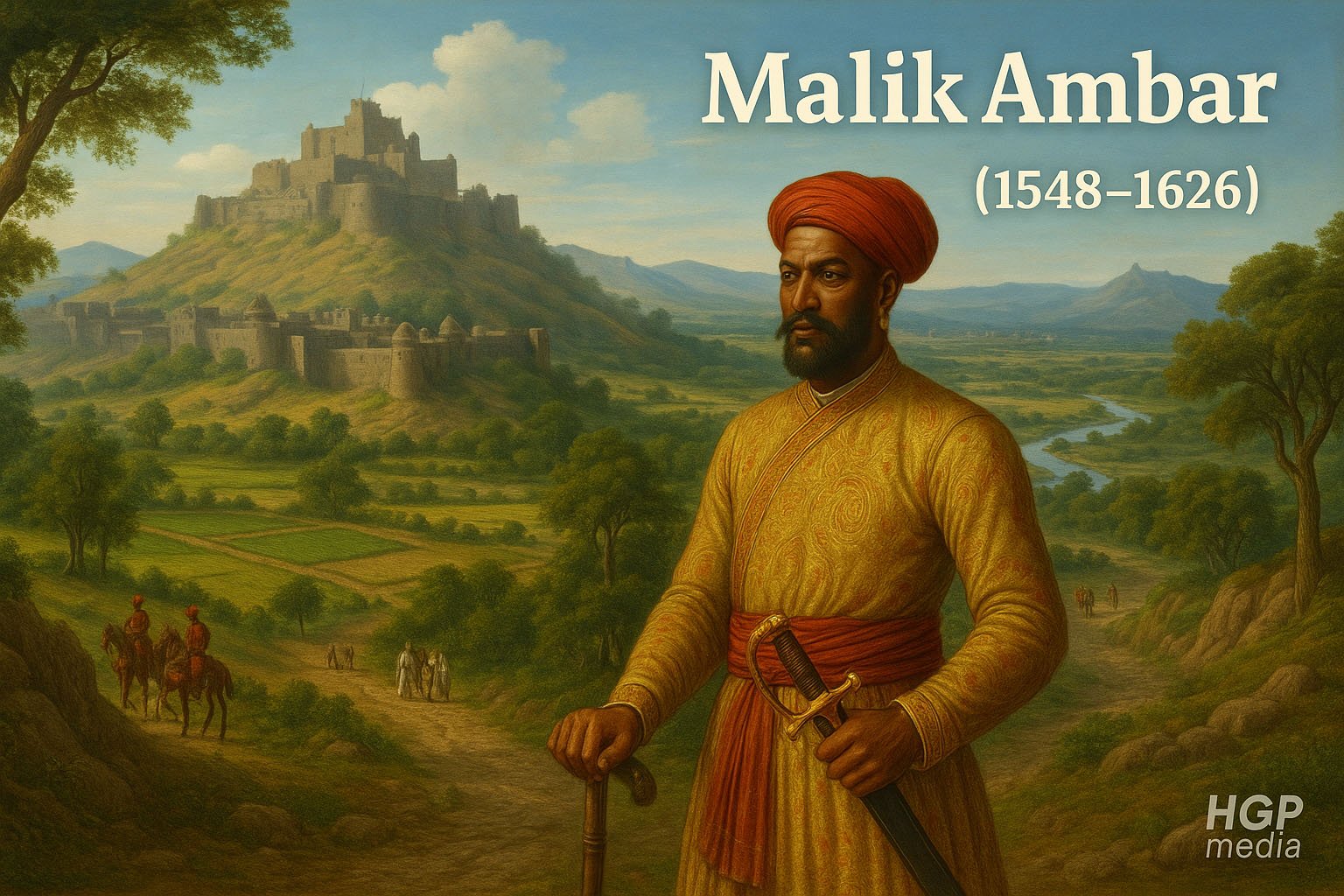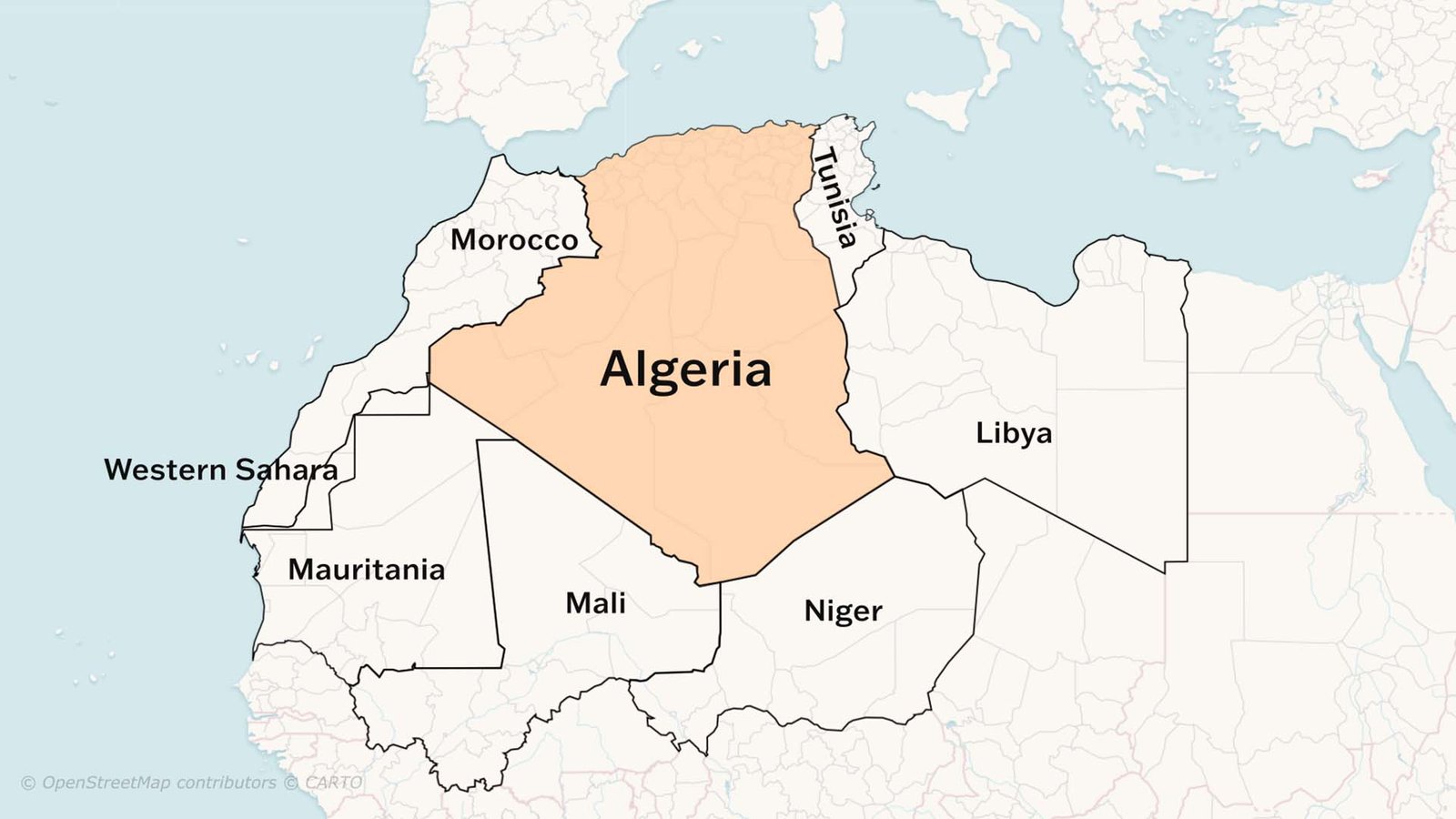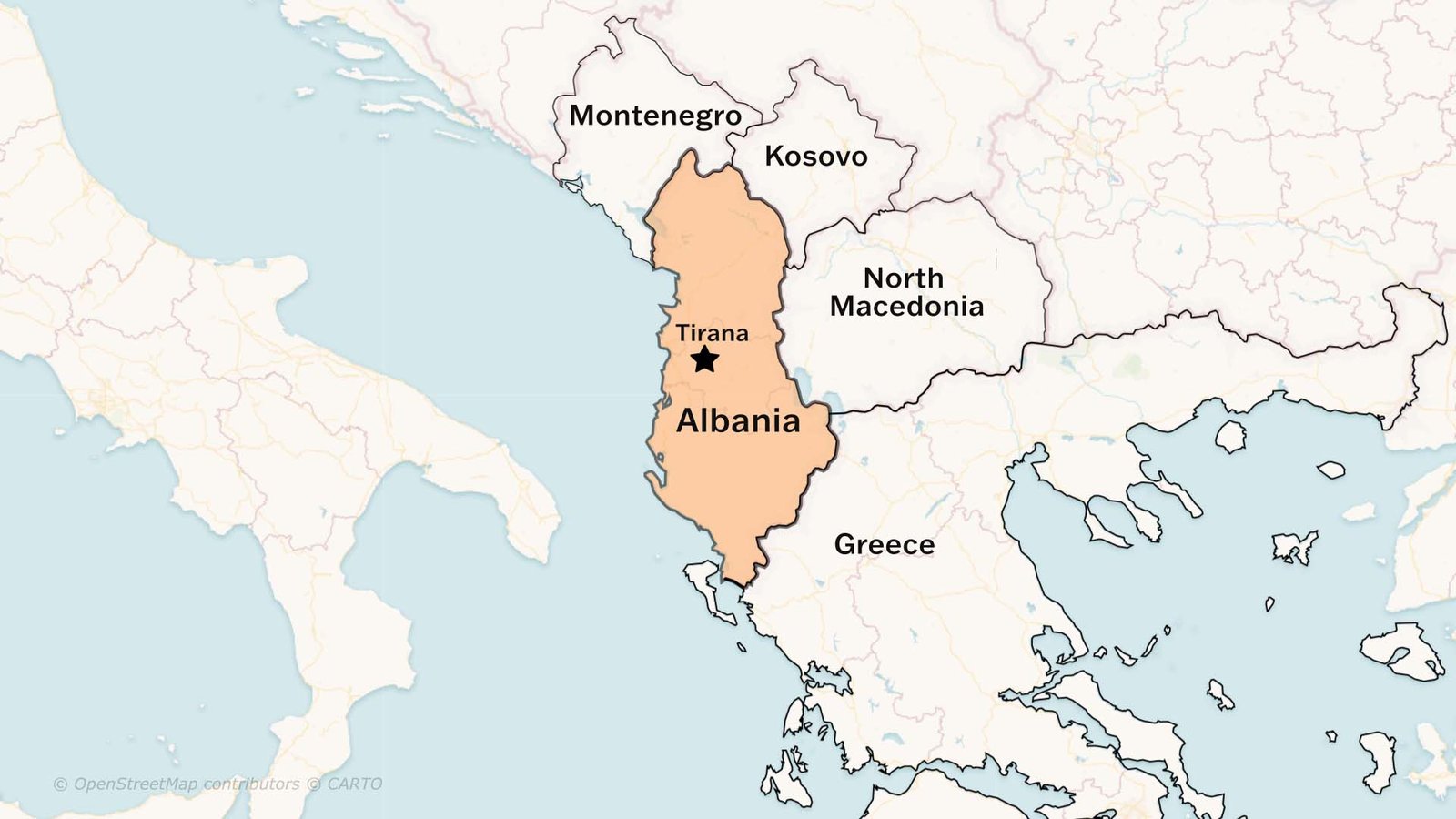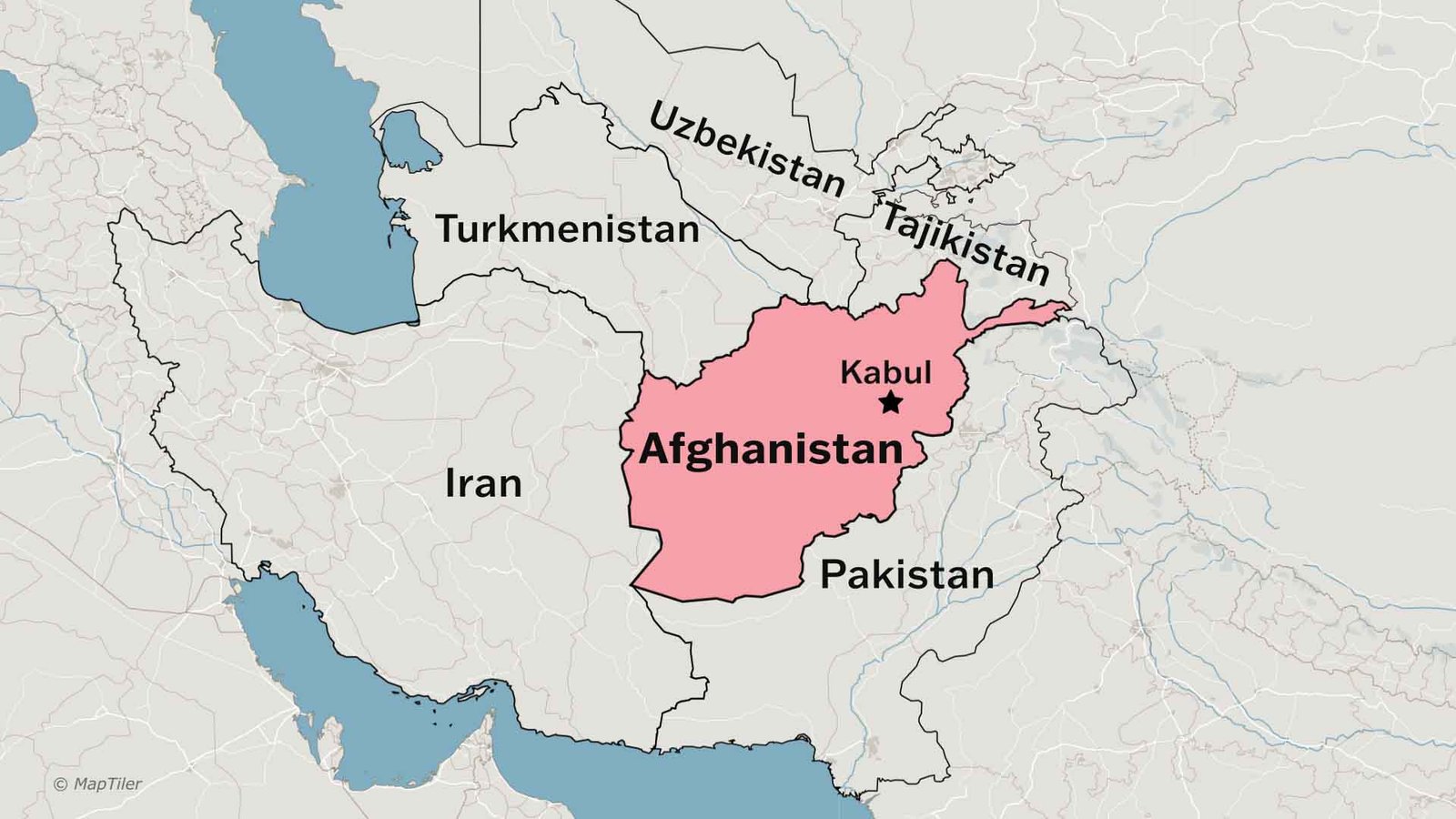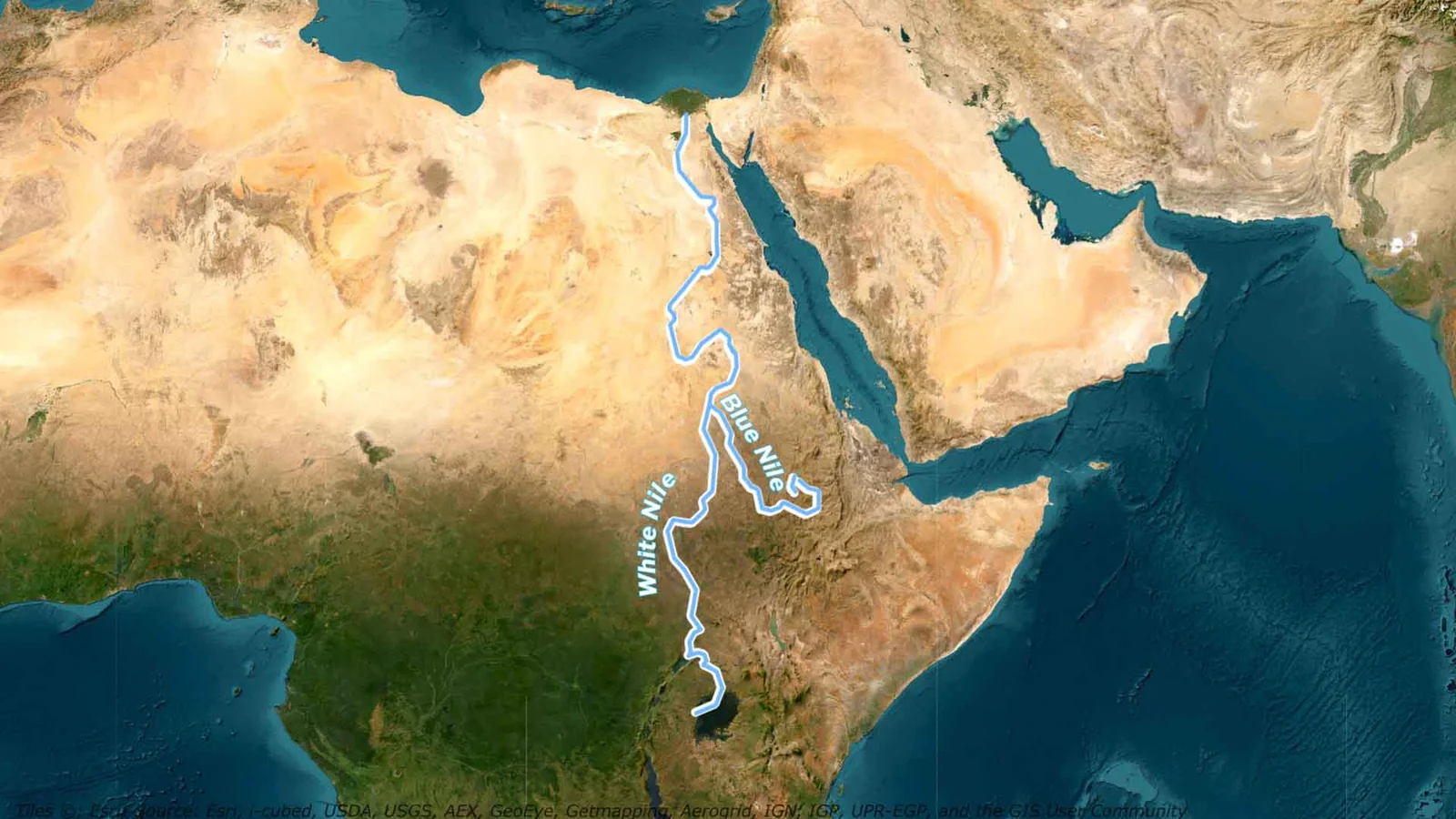The general – “as brave as the sun”, “wondrous in power”, a “man of most-terrible deeds”, before whom enemies quaked in fear, “Defender of the Deccan”
This is the story of the African Slave who became the Hero of the Deccan. The man who defied the Mughal Emperors. The man who built the city. This is the story of Malik Ambar.
The story begins in 1540. A boy is born in Harar, Ethiopia. He was named Chapu. In those days, slavery was common in the land of Africa.
An Arab bought him for 20 Ducats and later sold him in Bagdad. The new master named him Ambar and trained him. Now he could read and write and do basic math.
In the early 1570s, fate bought Ambar to the Deccan. Chengiz Khan, the Chief Minister of Nizam Shahi Sultanate bought him along with a thousand other Habshis. Habshis was a term used for men from Abyssinian highlands. Chengiz Khan himself was of African origin and made his way to the nobility.
Although Habshi men were generally brought to become soldiers, because of their brute physical strength and loyalty, some became higher-ranking officers, generals, and a select few got seats in the king’s court. Ambar’s intelligence and dignified conduct allowed him to rise through the ranks.
This rekindled the hope in Ambar. He realised that talent is valued in the mystifying lands of India and even a slave can become a noble.
Under the guidance of Chengiz Khan, Ambar learned valuable skills of high-level statecraft and generalship.
Unfortunately, Chengiz died in the 1570s and Ambar was free. Gradually he built his mercenary army. For 20 years Ambar was a warlord who served different rulers in the Deccan with a band of fighters. Ambar’s mercenaries provided paid service to the Adilshahi for a brief period of time. Here, Ambar made a name for himself in Nobility and became the Malik Ambar.
In 1595 Ambar returned to Ahmadnagar. This was the time when the Mughals were keen on taking Ahmadnagar because of its strategic location – it would provide them inroads to take complete control over the Deccan Plateau, thus giving them full control of India.
Eventually, his army raised to 7000 strong men including mighty Marathas and Fierce Dakkhnis, a true multi-racial, multi-ethnic force.
In the coming years, Ambar married one of his daughters to a 20-year-old heir of Ahmadnagar’s royal family, this move projected him as a future ruler of the Nizam Shahi state.
Ambar grew to such a stature that he began to get into conflict with the Mughals themselves. The more times he defeated superior Mughal armies, the more men rallied to his side.
By 1610, he led 10,000 African troops, not to speak of 40,000 others, including, Marathas. In 1610, he even managed to expel the Mughals from Ahmednagar fort.
Interestingly, it was under Malik Ambar that bargigiri—or guerrilla warfare was first strategically employed against the Mughals. This warfare later became the backbone of the Maratha Kingdom which later ruled Deccan and eventually India.
After expelling the Mughals, Ambar established a new capital city named Khirki (Present-day Aurangabad). The city eventually become home to two lakh people.
With the help of his muscles and mind, Malik Ambar became the de-facto ruler of the state. At the peak of his military success, people referred to the Nizam Shahi of the Western Deccan as Ambar’s land.
With the help of Maloji, he established a more efficient land revenue system, which was later used by Raja Shivaji.
Ambar never gave Akbar’s son the satisfaction of conquering the Deccan. Malik Ambar died when he was 80 years. Upon his death, Emperor Jahangir’s surrogate diarist, Muttamid Khan made an entry reporting:
“He had no equal in warfare, in command, in sound judgment, and in administration. History records no other instance of an Abyssinian slave arriving at such eminence.”
This is the story of a slave turned hero in the lands of India.
Read now: History of Israel Palestine

